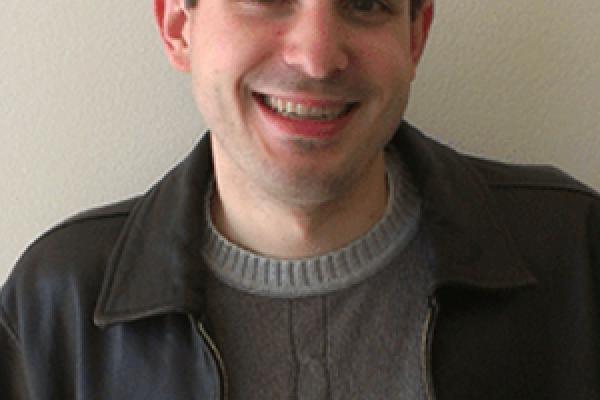
Over the past few decades, terrestrial experiments have placed increasingly strong limits on the dark matter-nucleon scattering cross-section. However, a significant portion of the standard dark matter parameter space remains beyond our reach. Due to their extreme density and huge gravitational fields, neutron stars stand as optimal targets to probe dark matter-neutron interactions. As an example, over the last few years, the existence of Gyr-age neutron stars has placed strong limits on models of asymmetric dark matter. In this talk, I will discuss novel methods which utilize neutron stars to potentially detect dark matter interactions by studying the galactic morphology of neutron stars, as well as electromagnetic signals which may be produced via neutron star collapse. Intriguingly, these observations can probe extremely generic dark matter models spanning from MeV – PeV energies, and including troublesome portions of parameter space such as pure-Higgsino dark matter.
